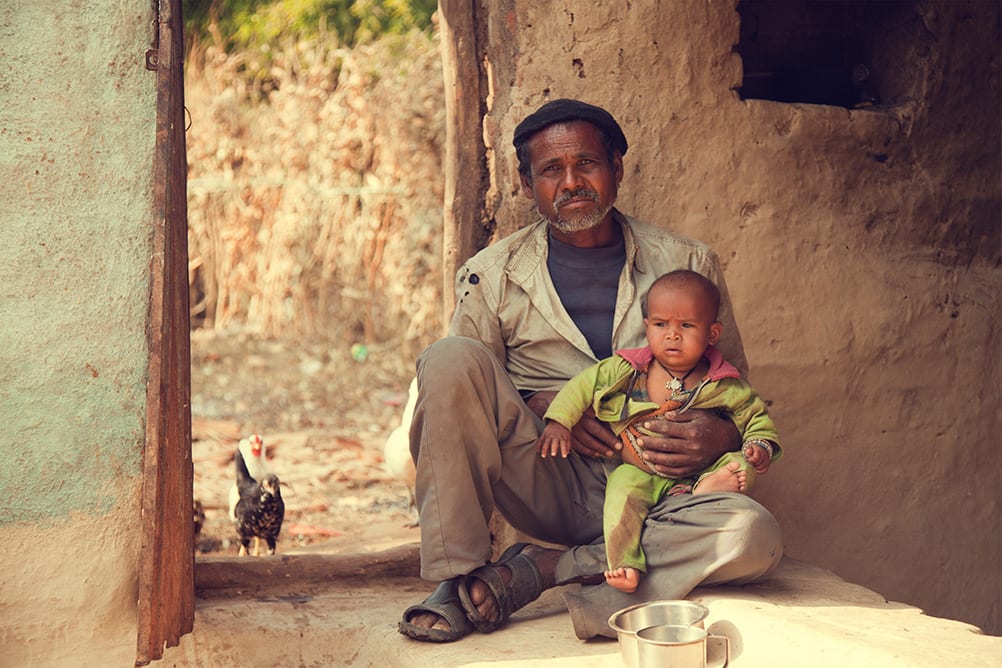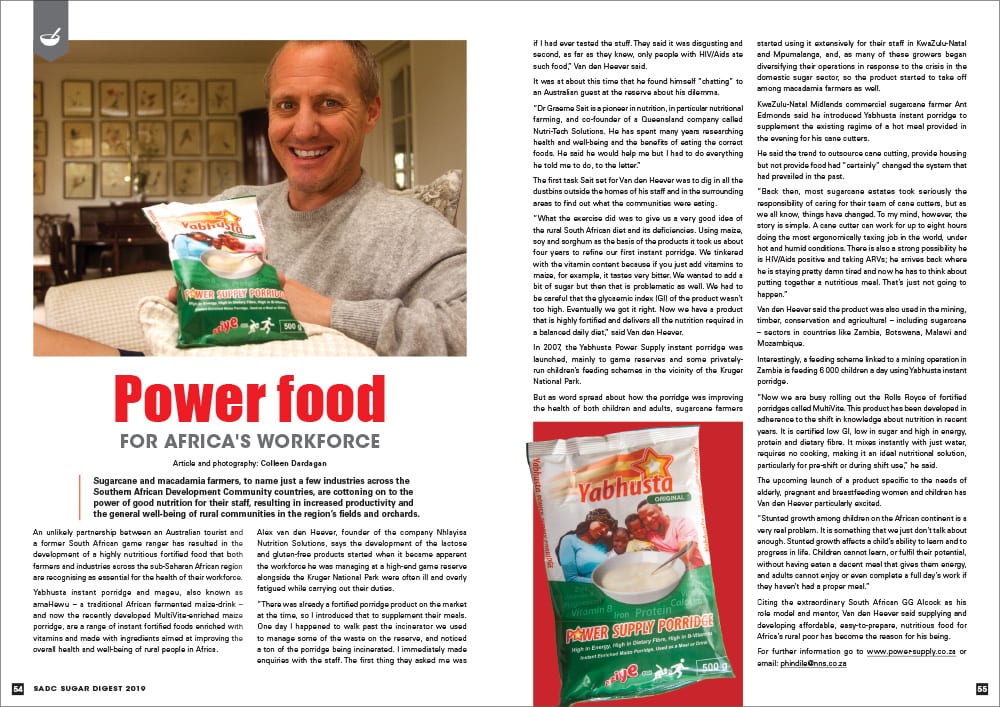What is stunting?
Stunting is the reduced growth and development of children because of inadequate nutrition, frequent infection, and lack of playing, socialising, and learning. According to the World Health Organisation’s (WHO) Child Growth Standards median, children are stunted when their height is low in relation to their age.
Stunting in the early years of a child’s life has adverse effects on a child’s mental and physical development. Inadequate growth in height is associated with mortality risk, non-communicable diseases in later life, and a decrease in learning capacity and educational performance, which later affect an adult’s economic productivity. When stunting is followed by excessive weight gain in later childhood, it can lead to a bigger risk of chronic diseases such as diabetes, heart disease, and some forms of cancer.
What causes stunting?

Stunting is mainly caused by the poor health and nutrition of the pregnant mother, insufficient breastfeeding practices, and infections. A developing embryo relies on the food that their mother eats, which continues after birth through breastfeeding. Insufficient fetus growth increases the risk of neonatal death. In the first 1 000 days since conception, the child’s health depends heavily on the mother’s health, and they are therefore at risk of stunting if the mother is unhealthy or sick.
Stunting can also be caused by unsafe food and contaminated water, which can lead to infections that impede growth. Incorrectfood storage can also make children sick and hinder their growth.
According to the WHO, mother’s milk contains natural growth stimulators and provides the baby with improved immunity against infections. Inadequate breastfeeding therefore increases the risk of illness and therefore stunting. The WHO recommends that mothers start breastfeeding within one hour of birth, and continue breastfeeding until the child reaches two years of age or older.
Diarrheal disease, intestinal worms, respiratory illnesses, and malaria, which all are prevalent in resource-poor countries, adversely impact a child’s growth. Exposure to microbes in unhygienic environments can cause sub-clinical infection and inflammation, where affected children suffer intestinal damage and therefore cannot effectively absorb nutrients from their food, which can lead to stunting.
Consequences
When children are sick or infected, they can experience reduced appetite and loss of energy. In addition, the available nutrients are used to strengthen the child’s immune system instead of using them for growth. Inadequate nutrition also affects the developing brain of the fetus and the newborn child. Stunted children will therefore start school with a limited capacity for learning, which might affect their academic performance throughout their life.
Not only does poor health related to stunting negatively affect the already impoverished family’s financial status due to increased spending on healthcare, but it also impacts the financial status of an entire nation because the health and economic consequences are carried over from one generation to the next. Children who are stunted at the age of two are likely to grow up being stunted adults. The economic costs of malnutrition are very high, with the World Bank estimating that a 1% loss in adult height due to childhood stunting is associated with a 1.4% loss in economic productivity.

Preventing stunting
There is no cure for stunting, but it can be prevented by a healthy intake of nutritious foods, preventing and treating infections, and providing the child with opportunities for social interaction, play, and learning.
When a child reaches six months of age, their need for energy and nutrients cannot be met by breast milk alone. Breastfeeding then needs to be complemented by cooked cereals and other staples, mashed fruits and vegetables, dairy products, eggs, fish, and meat. Poor families often cannot provide the child with enough or sufficient foods, which leads to malnutrition and stunting.
Stunting is a complex problem, and therefore cannot be solved by nutrition interventions alone. Since poverty is a massive indirect cause of stunting, it is a problem that needs to be addressed by the government. Social protection programmes have shown a positive impact on poverty reduction in some countries, but they have delivered limited results on preventing stunting. Regulatory policies also need to be in place, such as the WHO’s International Code of Marketing of Breast-milk Substitutes, and policies regulating food safety.
It is also essential that children are screened by healthcare workers who can identify children at risk of stunting. Education on the topic is crucial, which can be addressed by nutrition counselling, child health days, and information on complementary feeding. People caring for children should also be educated on hygiene practices, such as washing with soap, using clean water, and ensuring sanitary conditions, as well as on what causes stunting, and how to prevent it.

Poor people who heavily rely on single crops and pesticides are often malnourished, therefore they should be encouraged to keep small livestock that can provide them with milk and eggs, which are nutrient-rich complementary foods. This is a feasible option for poorer households in both rural and urban areas.
Another affordable option to ensure sufficient nutrition is food enriched with the necessary micro- and macro-nutrients for healthy growth. An option like Nhlayisa’s Power Supply porridge can be supplied to children (and their mothers) to give them the boost they need to grow, not only physically, but mentally as well.







Leave A Comment